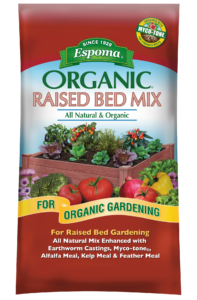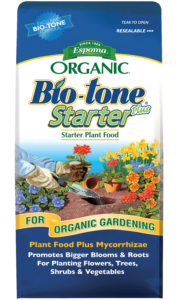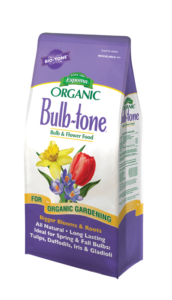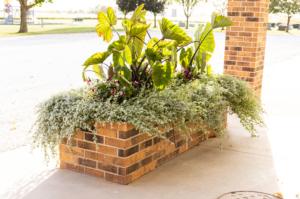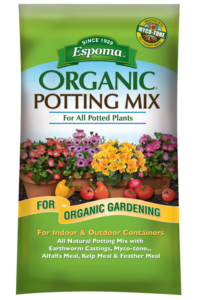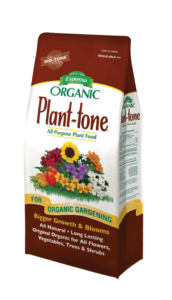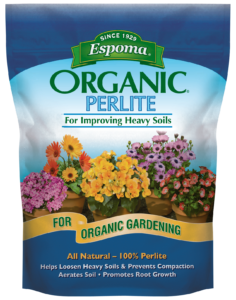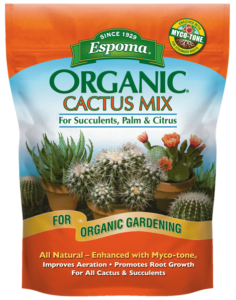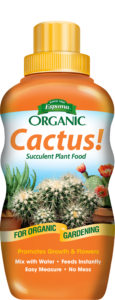Video: Stone Raised Bed Prep. with Summer Rayne Oakes || Flock Finger Lakes
Need a winter project?
Check out the awesome stone raised bed Summer Rayne Oakes @homesteadbrooklyn and the Flock Fingerlakes team are building/prepping for the next growing season. Espoma’s Raised Bed Mix and Land and Sea Compost are the perfect growing medium for their future plants!
Learn more about Flock Finger Lakes here:
Website: flockfingerlakes.com
Instagram – @flockfingerlakes
YouTube –Flock Finger Lakes
Twitter – @flockny
Facebook –Flock Finger Lakes
Featured Products:

